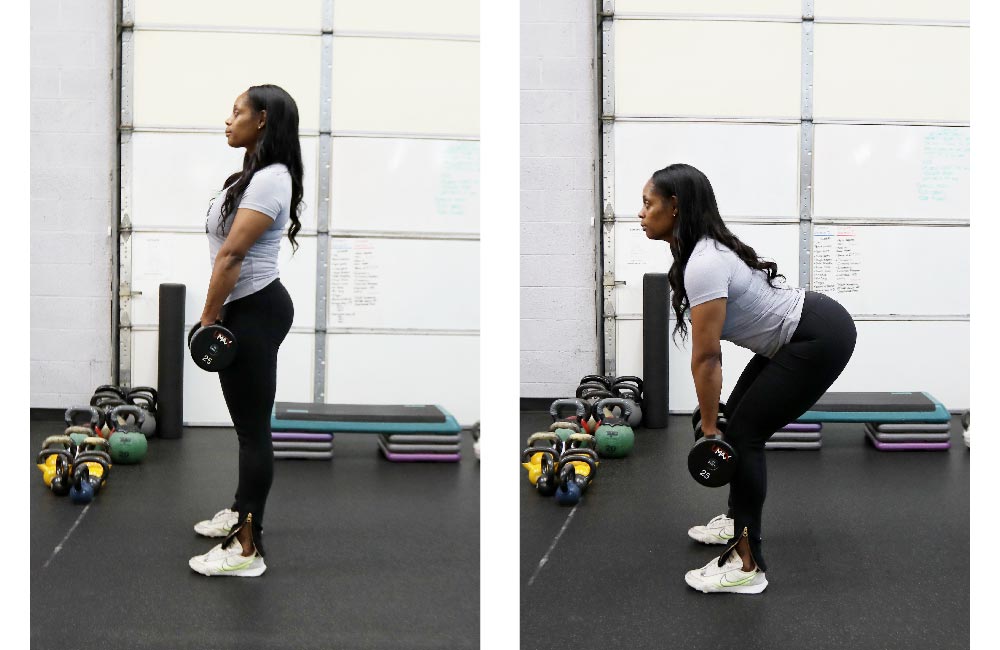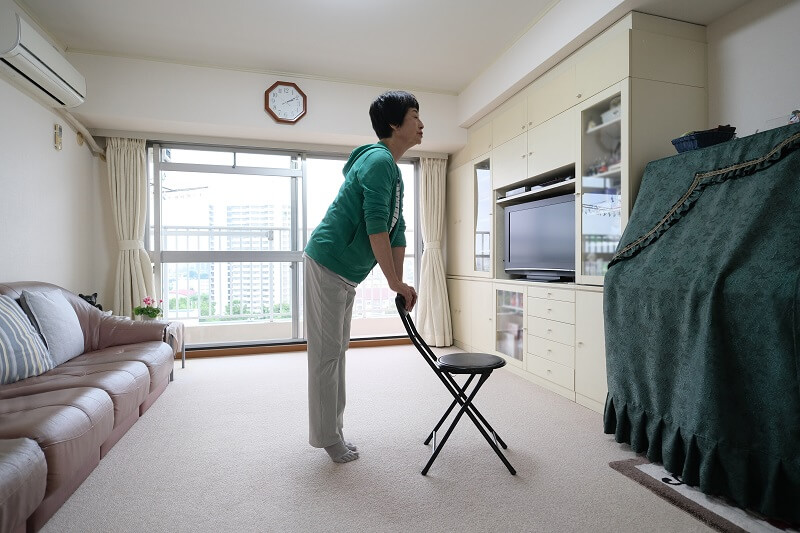A study published in the British Journal of Sports Medicine, which examined data for 11,989 people aged over 50 from Norway, Sweden, and the US, found that 22 minutes of moderate activity, such as brisk walking, can lower mortality risk. To avoid a sedentary lifestyle and maintain good physical health, adults should generally engage in at least 300 minutes of moderate-intensity aerobic activity or 150 minutes of vigorous-intensity aerobic activity each week and muscle-strengthening activities on two or more days per week. Here are some guidelines to consider for avoiding a sedentary lifestyle.

Aerobic Activity
Moderate-Intensity: Activities like brisk walking, leisurely cycling, or swimming that raise your heart rate and make you breathe harder. Aim for 150-300 minutes per week.
Vigorous-Intensity: Running, fast cycling, or high-intensity interval training significantly increases your heart rate and breathing. Aim for 75-150 minutes per week.

Muscle-Strengthening Activities for Avoiding a Sedentary Lifestyle
Engage in activities that work all major muscle groups (legs, hips, back, chest, abdomen, shoulders, and arms) two or more days per week. This can include weightlifting, bodyweight exercises, resistance band workouts, or activities like yoga and pilates.
Flexibility and Balance Training for Avoiding a Sedentary Lifestyle
While not part of the 150-minute aerobic guideline, flexibility and balance exercises are essential for overall well-being. Incorporate activities like stretching and balance exercises into your routine.

Reducing Sedentary Time
Try to minimize long periods of sitting or being sedentary. Break up sitting time by standing, stretching, or walking around for a few minutes every hour, especially if you have a desk job.
The key to avoiding a sedentary lifestyle is finding activities you enjoy and can sustain long-term. Incorporating physical activity into your daily routine, such as walking, biking, or taking the stairs, can also help. Remember that any physical activity is better than none, and the goal is to stay active and make it a habit you can maintain throughout your life.
It’s important to note that individual health goals and needs can vary, so it’s a good idea to consult a healthcare provider or fitness professional to determine the most suitable exercise plan for your specific circumstances and health objectives. Come see us for a free assessment at any of our over 30 valley-wide locations, and we would be happy to review your health goals and put you on a plan to get you there.




